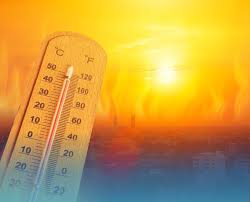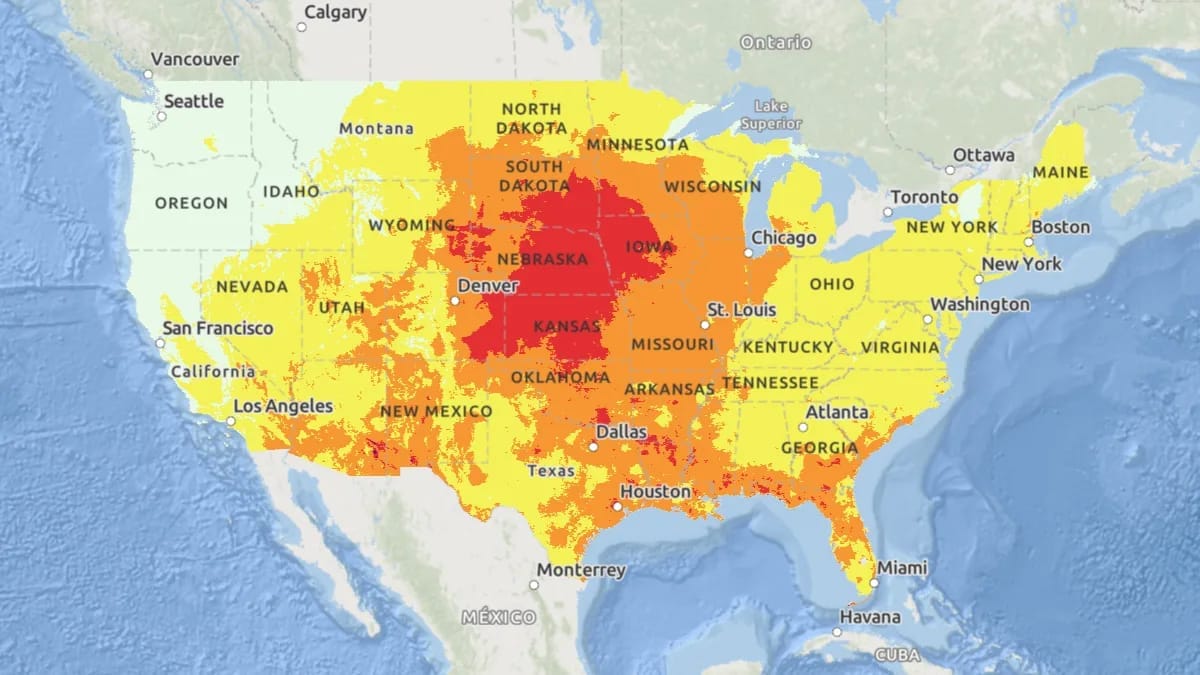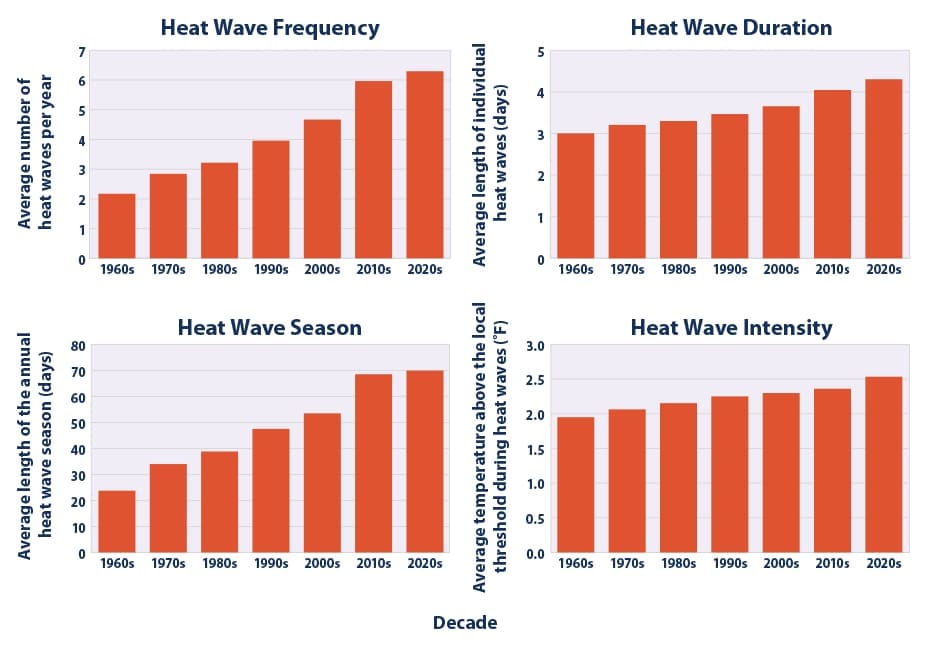Heatwave Crisis 2025: Why Are U.S. Cities Still Not Prepared?

[PHOENIX,] – June 25, 2025
A blistering heatwave swept across the United States this June, shattering previous temperature records in cities from Phoenix to Philadelphia. With emergency rooms overwhelmed and power grids faltering, experts are asking a difficult question: why, in 2025, are U.S. cities still so unprepared for extreme heat?
Infrastructure on the Edge of Collapse
In places like Phoenix, Las Vegas, and Dallas, temperatures soared past 115°F for consecutive days. Reports from NOAA confirmed that June 2025 is now officially the hottest month on record for over 30 states.
While hurricanes and floods have long commanded infrastructural planning, heatwaves remain overlooked. Most urban design codes still prioritize cold-weather insulation over heat resilience. Cooling centers were underfunded, and power outages crippled public transport and hospital cooling systems.
According to a FEMA assessment, only 11% of major U.S. cities have updated their emergency response plans to include extreme heat scenarios as of Q2 2025.
Public Safety Systems Are Failing
Urban heat islands are amplifying the crisis. In cities with dense concrete and minimal tree cover like Houston and Atlanta, nighttime temperatures remain dangerously high. Vulnerable communities—especially elderly residents and low-income neighborhoods—lack access to basic cooling infrastructure.
The CDC recorded over 1,200 heat-related hospitalizations in a single week in June. Ambulance wait times in Los Angeles reached 90 minutes, according to local health departments.
Climate Policy Still Behind the Curve
Despite decades of warnings from scientists, municipal and federal policies have largely treated heatwaves as "weather events" rather than long-term climate phenomena. As climate change accelerates, heatwaves are becoming longer, deadlier, and more frequent.
"We’ve been investing billions in flood mitigation, but almost nothing in urban cooling or heatproofing," says Dr. Alicia Torres, a senior climate adaptation researcher at NOAA.
Infrastructure bills passed in 2021 and 2023 offered some climate resiliency funds, but few were directed toward heat-specific measures like reflective rooftops, urban forestry, or public cooling stations.
Data Shows It’s Only Getting Worse
Google Trends shows a 240% spike in searches for “heatstroke symptoms” and “power outage " in the last two weeks. Meanwhile, NOAA’s climate outlook projects that by 2030, nearly 60% of U.S. metro areas will experience over 30 days of extreme heat each summer.
A FEMA report estimates that without policy changes, heat-related deaths could rise by 75% in the next decade.

What Happens Next?
To prepare for the next wave, experts recommend:
- Immediate retrofitting of vulnerable public buildings with passive cooling systems
- Legislating urban heat standards into city planning codes
- Expanding federal grants for cooling centers and climate shelters
- Equity-driven responses to ensure underserved communities get first access to relief resources
Public pressure is mounting. In cities like Sacramento and San Antonio, climate protestors have taken to the streets demanding heat-focused emergency declarations.
The Bottom Line: This Crisis Is No Longer Seasonal
If the U.S. continues to treat extreme heat as an isolated problem rather than a systemic, climate-driven emergency, the next summers will only grow deadlier.
Is your city prepared for the next wave of heat—or are we repeating the same mistakes again?

Sources: NOAA, FEMA, Google Trends, and local climate reports.



